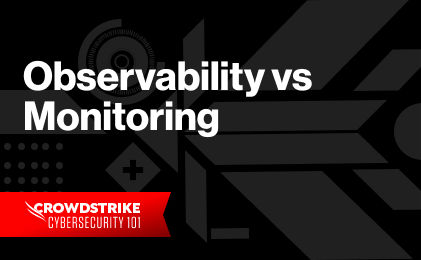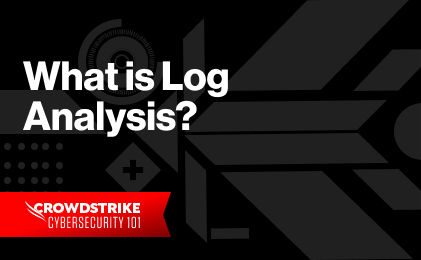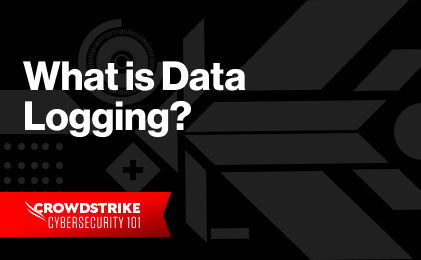With the complexity of modern cloud applications, servers can spin up and spin down quickly and are considered disposable. When something goes wrong, servers are designed to be replaced rather than reconfigured. However, that also means you need to find out what went wrong before a server instance terminates. Hardware components can fail. Software can hang without resources or react poorly to unexpected client requests. Configuration settings will change. And throughout all of this, hackers may be trying new techniques to gain unauthorized access.
If your servers aren’t healthy, your business will suffer. However, ensuring optimal health requires ongoing and in-depth visibility into your servers and their behavior. In other words: monitoring.
In this article, we’ll look at server monitoring, considering why it should be an integral part of a company’s IT operations. We’ll also examine some server monitoring best practices.
Monitoring Complex and Multiple Moving Parts
Servers perform a very wide range of functions including hosting databases, firewalls, backups, applications, and web services. Considering how many roles your server can play—and how many of those sub-processes might be running simultaneously—monitoring a server will involve more than just knowing if it is accessible.
Server monitoring, therefore, can mean keeping an eye on multiple elements, including:
- Network connectivity and availability, uptime, and boot history
- Available capacity and performance of CPU, memory (RAM), storage, and network bandwidth
- Operating system health and stability, including patch level, swap file (or page file) size, and critical services such as logging
- Authentication and authorization events like logins, logouts, file access, and failed attempts
- Current logged-in users and the processes they are running
- The status of the main application running on the server, along with its supporting services
- The availability, patch level, resource consumption, and error messages of all running applications and services
- Both OS- and application-generated log files, including those related to security, setups, configuration changes, and errors
- Generated metrics, events, and traces
Of course, it isn’t practical to track all these moving parts by physically logging into each server one at a time and then manually collating, searching, and analyzing the records or running diagnostic software. Even running individual centralized monitoring for each component (such as one for hardware, another for OS, and yet another for the application) will quickly become impractical.
An integrated monitoring solution would be ideal, covering all the elements related to your system’s overall health. This solution would automatically communicate with your servers through standard protocols, collect the data, or get their feed from agents installed on the servers. It would collect the logs, metrics, events, and traces from the target servers in real time, store them in a space-efficient manner, and index them for easy searching and analyzing or visualization through dashboards. Also, this solution could send real-time alerts to the relevant team when a problem is detected.
This is what server monitoring tools do.
Why is Server Monitoring Important?
When your business-critical servers are running complex workloads, you can’t leave their day-to-day operations to change. If the database server powering your ecommerce site fails or slows down, customers will get frustrated and abandon their transactions.
Technology failures can also hurt your regulatory obligations. Meeting legal compliance standards often requires reliable and secure infrastructure. Meeting those standards will result from a deep understanding of your server environment and robust, proactive monitoring that can adapt to change.
Malware and ransomware attacks are now common and constant threats. Awareness of the current threat landscape and the ways your system might react to such an attack is an important part of security preparedness. However, being prepared isn’t possible without having good visibility into your servers, which a great monitoring solution can deliver. A monitoring system can instantly understand when and why an anomalous event occurred. For example, it can indicate if load spikes happened due to increased user demand or rogue system processes. Security monitoring components like antivirus, Data Loss Prevention (DLP), and Host Intrusion Detection Systems (HIDS) can keep you ahead of cyberattacks. SIEM (Security Information and Event Management) systems are, perhaps, the ultimate consumers of modern monitoring solutions, paying back their investment many times over.
Only through complete coverage of your servers can you confidently know whether a given problem needs a reboot, the killing of a process, a capacity upgrade, or the introduction of a more robust failover mechanism. Proactive planning and implementation based on such feedback can go a long way in maintaining your servers’ uptimes and your clients’ SLAs. A solid monitoring system can help you define operational baselines which, in turn, can help you predict future capacity needs and anticipate the need for immediate upgrades, replacements, and extra automation.
Server Monitoring Best Practices
Considering the complexity of infrastructure environments consisting of hundreds or thousands of servers, you should ensure a few things in your monitoring regimen.
First, it's important to start with an accurate and up-to-date inventory of your server fleet. Also, be sure to properly categorize them. Which servers and components are critical? Which tiers of your software stack should be given the highest priority?
For each server, technical and business owners should define the following as best as they can:
- Priorities
- Metrics
- Recommended monitoring frequencies
- Acceptable baseline performance
- Warning and error conditions
- Responses
These technical and business owners are the ones who best know their systems, so they should be the ones to decide, for example, which specific error logs and server status codes should be closely watched. They're also the most qualified to build a profile of clear and practical metrics thresholds. They’ll also know how often everything should be updated. If they can’t provide this information, you can decide what you want to monitor from these systems and communicate it to the stakeholders.
A monitoring tool must be compatible with the target infrastructure. For example, you won’t use a Windows monitoring solution to monitor your Linux servers. Therefore, the monitoring solution should cover a wide range of server hardware options, network topologies, operating systems, and applications.
The metrics generated by servers in a complex environment can quickly run up to terabytes per day. The solution you choose must be able to ingest, process, store, and analyze such huge volumes of data. Sometimes, SaaS solutions are ideal for this.
The dashboards of your monitoring solution should be easy to navigate, understand, and interpret. This means they should be able to show trends and anomalies based on historical data. You should be able to define alert thresholds for such anomalies and deviations from accepted baselines. Once identified, the solution should be able to send alert notifications to the server monitoring team and, preferably, automatically create a ticket in your service management system. Some monitoring solutions also go one step further by allowing you to initiate remediation actions directly from their interfaces through playbook-based fixes.
Discover the world’s leading AI-native platform for next-gen SIEM and log management
Elevate your cybersecurity with the CrowdStrike Falcon® platform, the premier AI-native platform for SIEM and log management. Experience security logging at a petabyte scale, choosing between cloud-native or self-hosted deployment options. Log your data with a powerful, index-free architecture, without bottlenecks, allowing threat hunting with over 1 PB of data ingestion per day. Ensure real-time search capabilities to outpace adversaries, achieving sub-second latency for complex queries. Benefit from 360-degree visibility, consolidating data to break down silos and enabling security, IT, and DevOps teams to hunt threats, monitor performance, and ensure compliance seamlessly across 3 billion events in less than 1 second.







